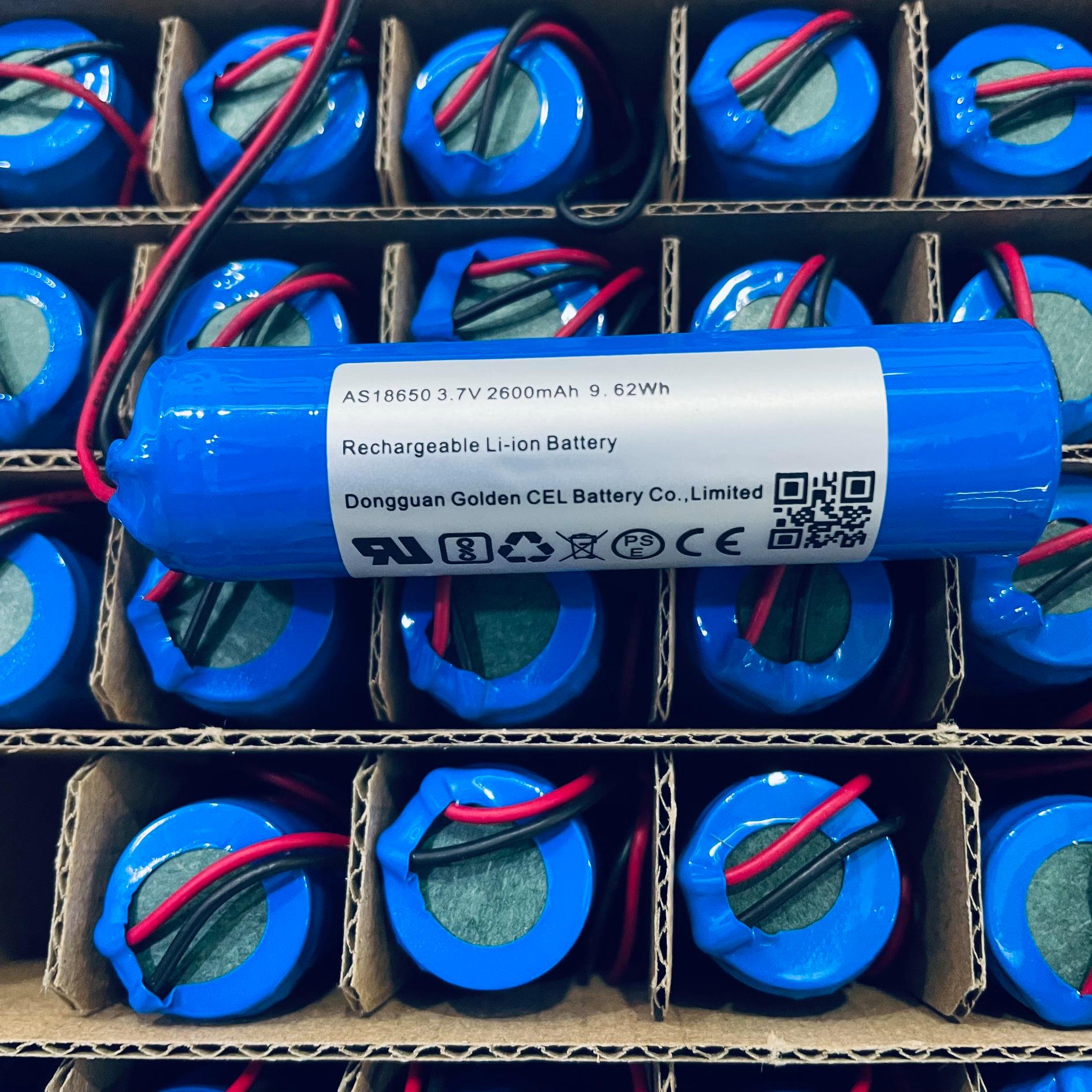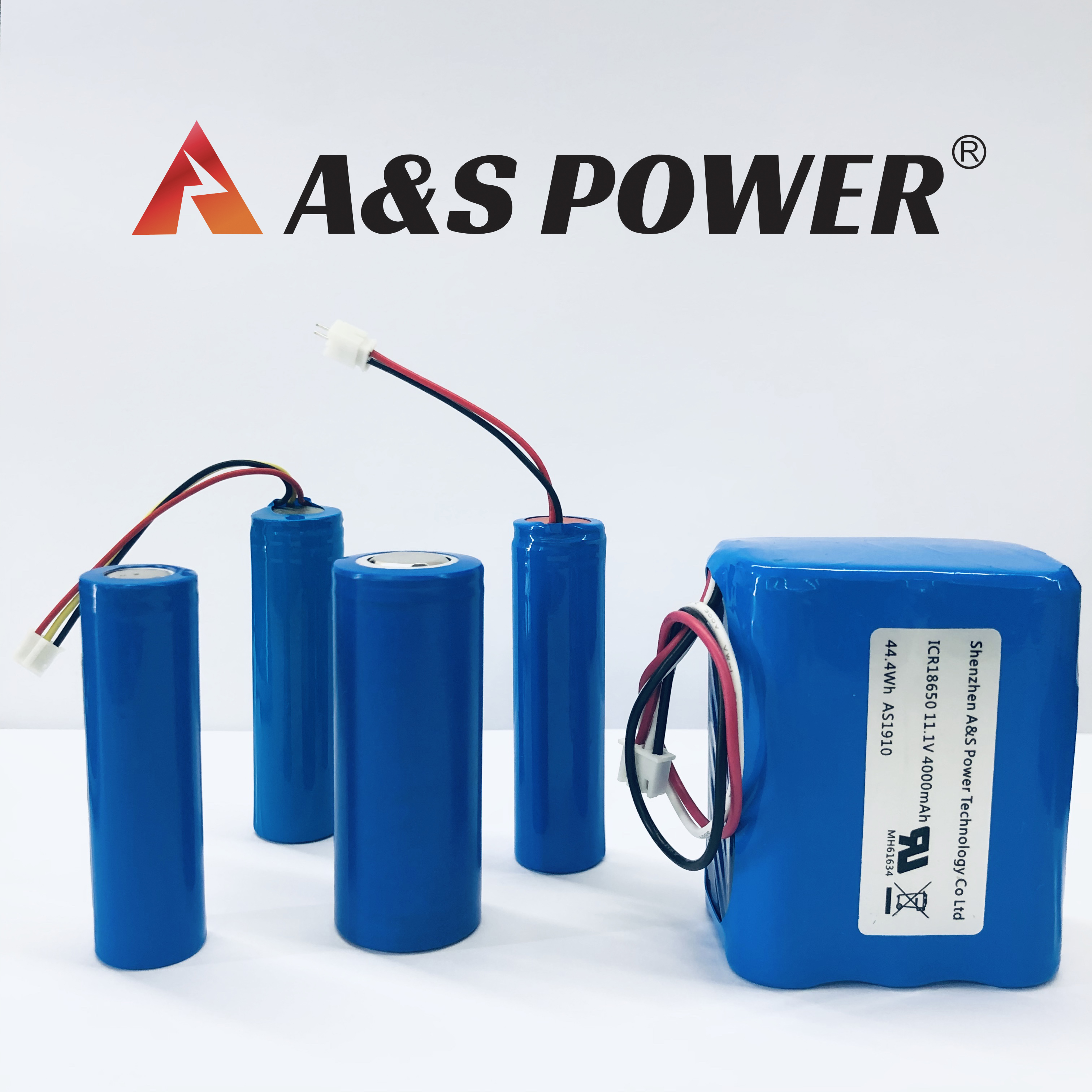Internal structure of 18650 cylindrical lithium battery cell
2022-07-01
The 18650 cylindrical lithium battery cell is mainly composed of five parts: metal shell, positive electrode, negative electrode, film and electrolyte. They perform their respective functions to ensure normal charging and discharging. The detailed structure is as follows:
Positive electrode: The positive electrode materials of 18650 cylindrical lithium battery cells are generally lithium iron phosphate, lithium cobalt oxide, etc. The difference of each cathode material will directly affect the characteristics and cost of the 18650 lithium battery.
Negative electrode: The negative electrode material of 18650 cylindrical lithium battery cell includes tin-based negative electrode material, nano-scale negative electrode material, carbon negative electrode material, etc. In the battery, the negative electrode material plays the role of oxidation. Relative potential is low.
Electrolyte solution: Taking lithium iron phosphate as an example, it is divided into solute and solvent. Solute: Lithium salts are often used, such as lithium perchlorate, lithium hexafluorophosphate, and lithium tetrafluoroborate. Solvent: Li-ion batteries often use organic solvents, such as ether, ethylene carbonate, propylene carbonate, diethyl carbonate, etc.
Follow us and explore more! 👉 Facebook













